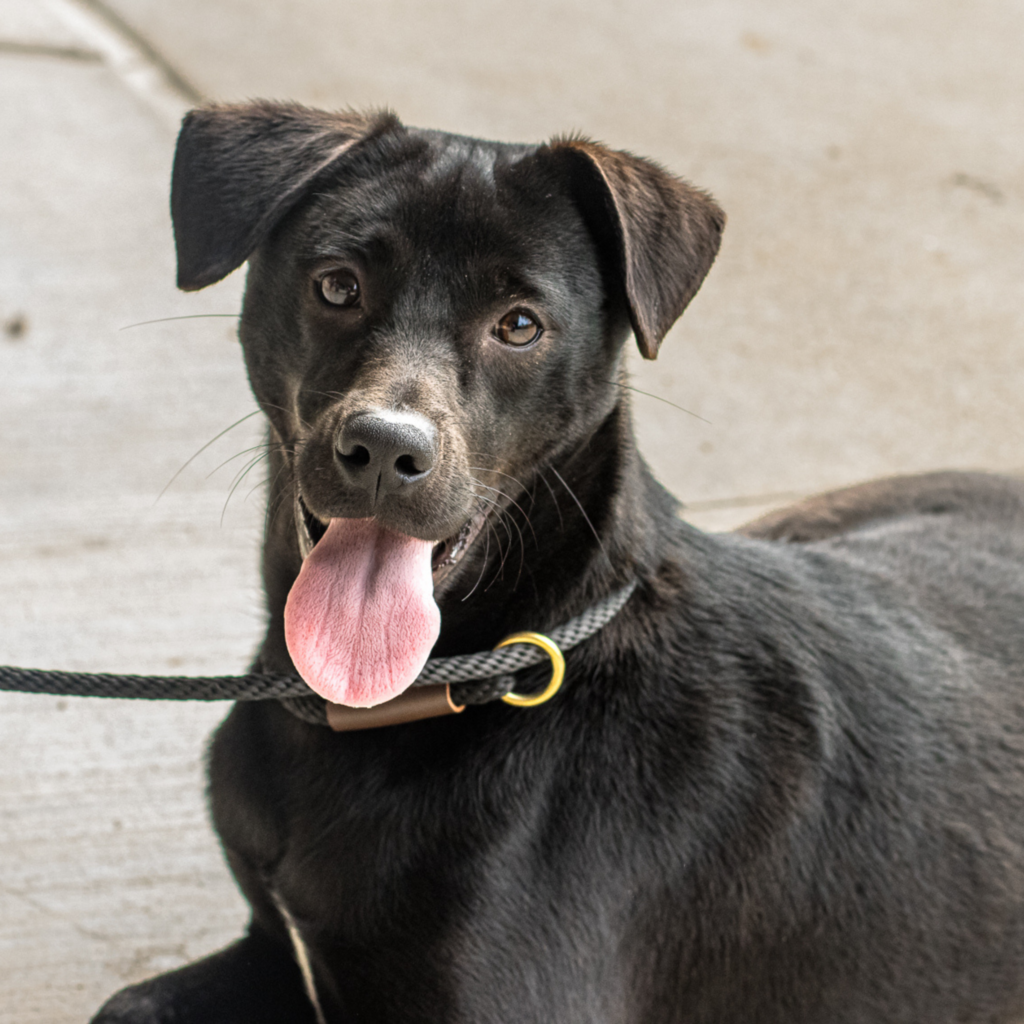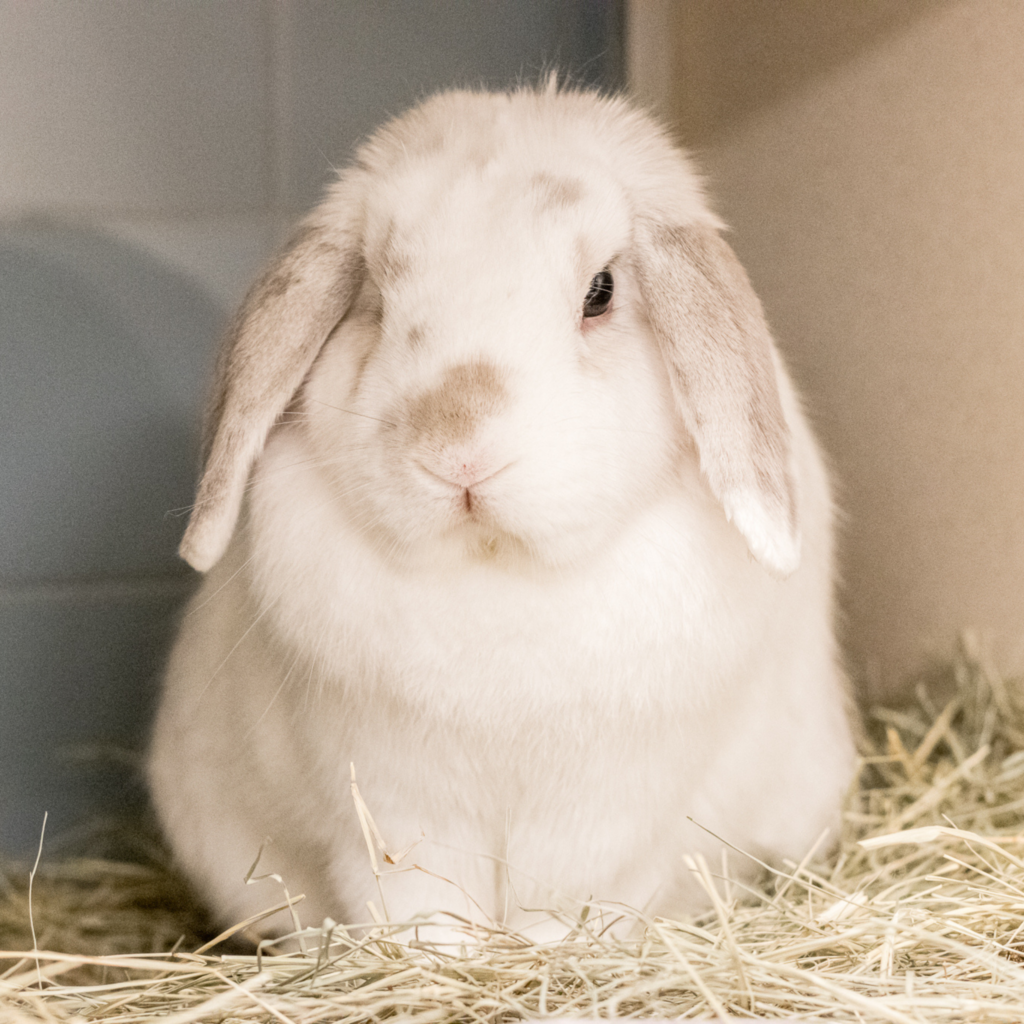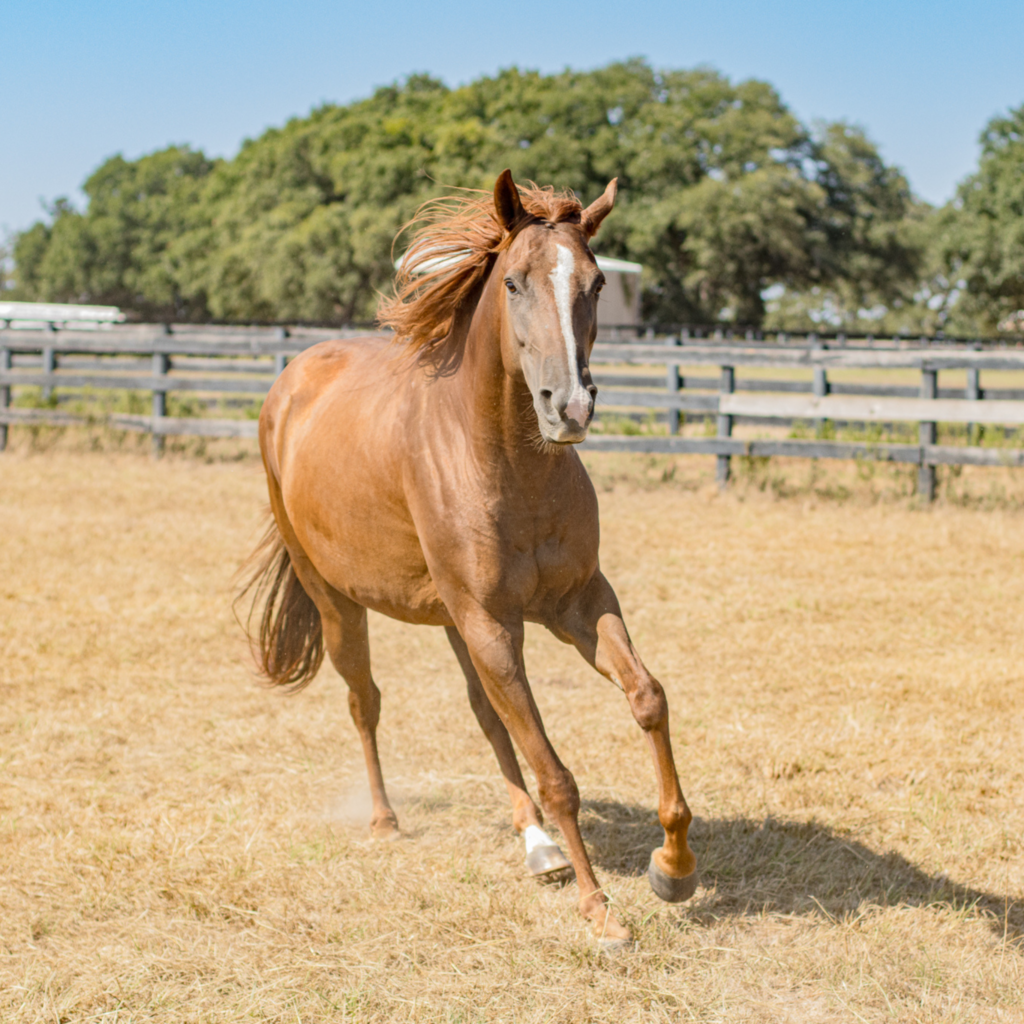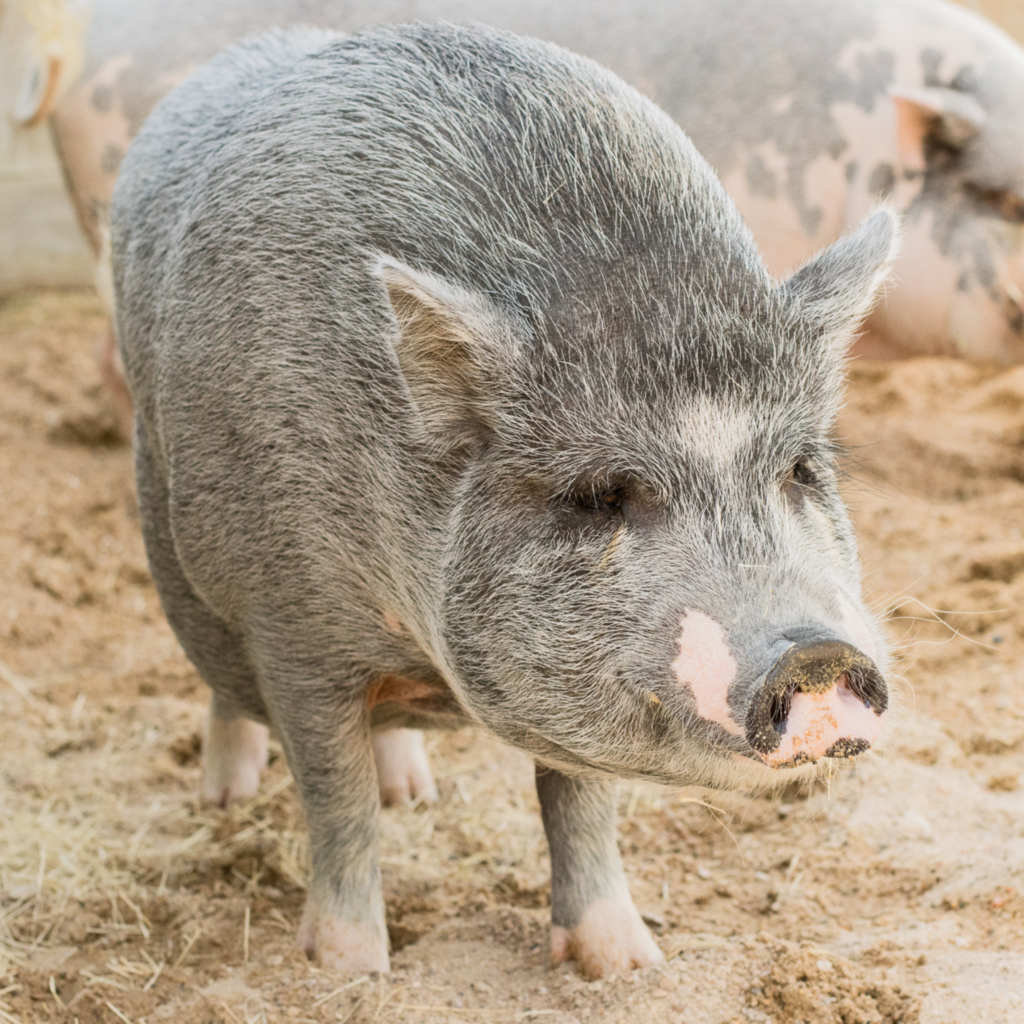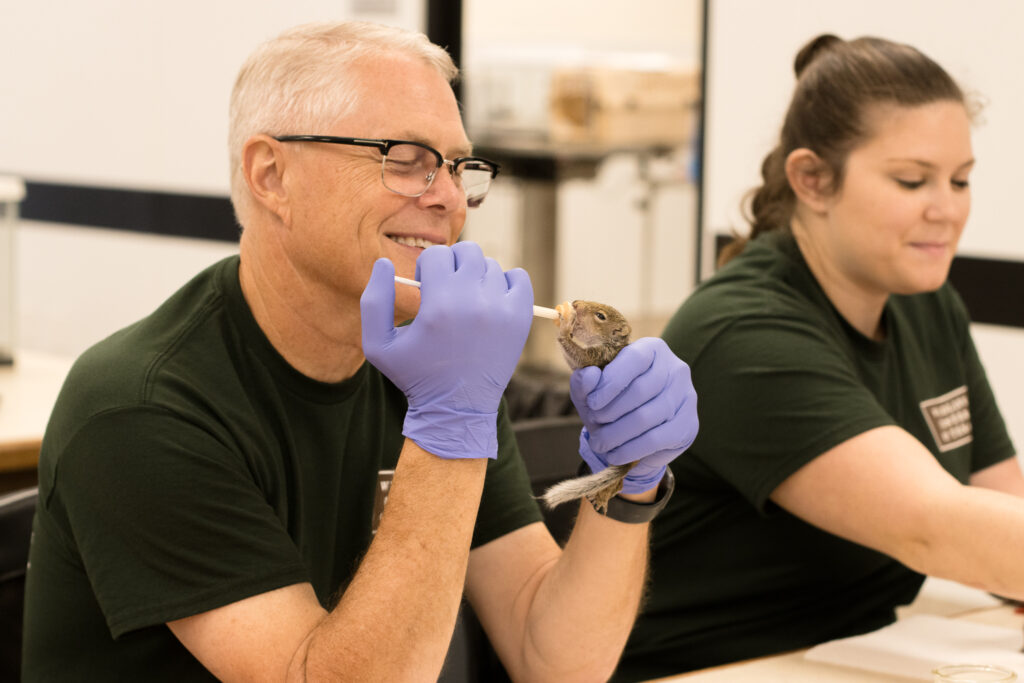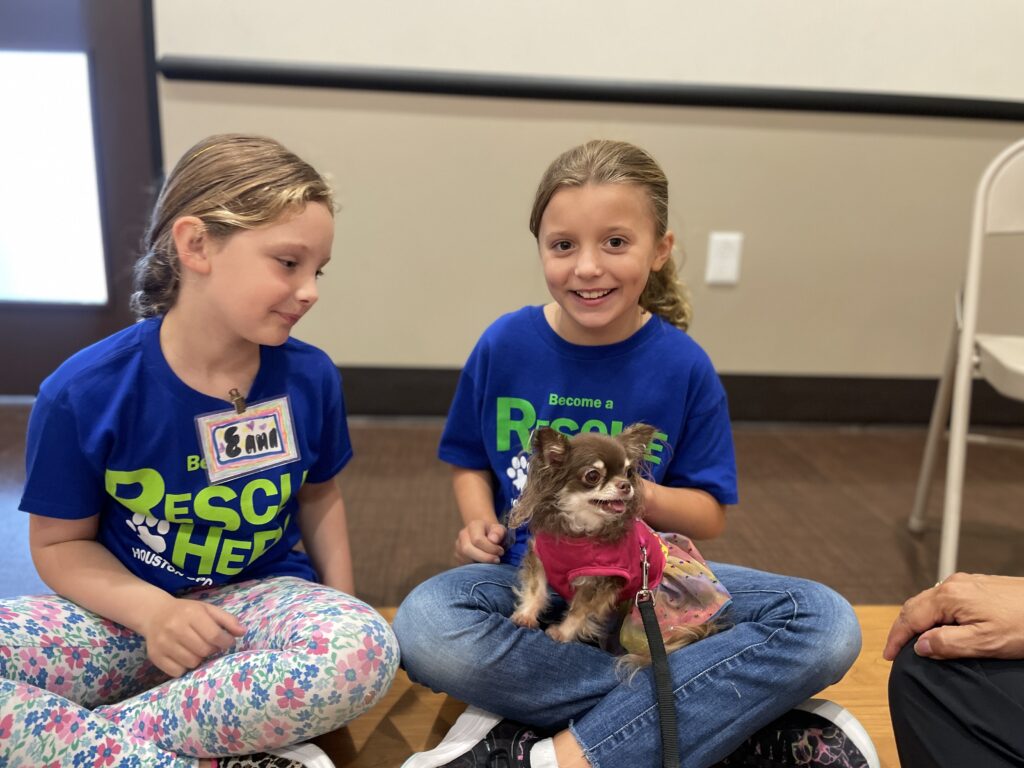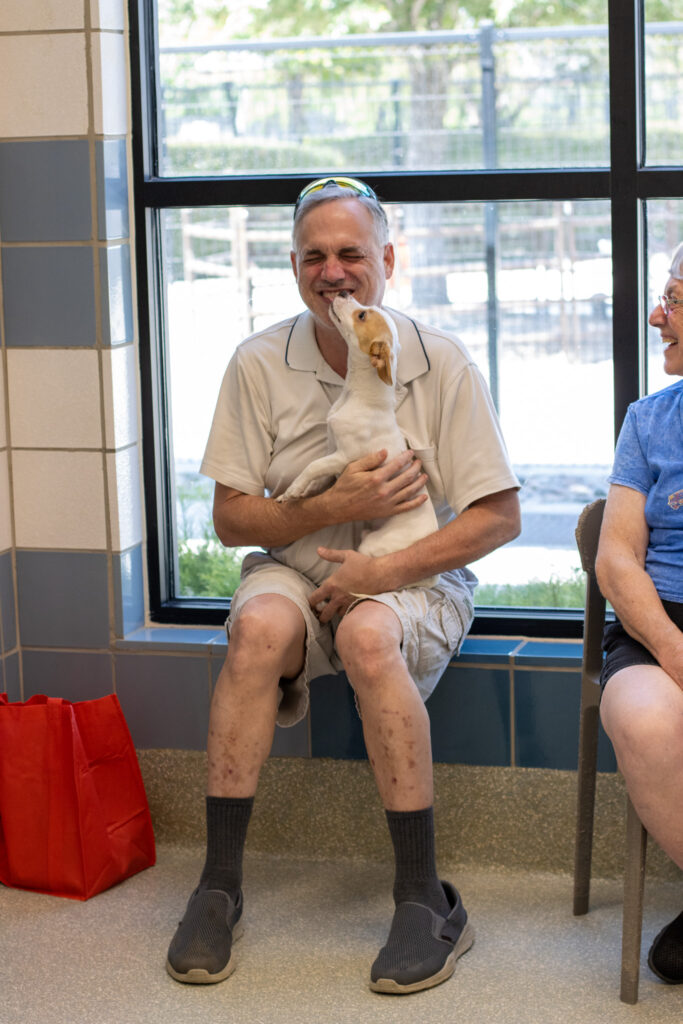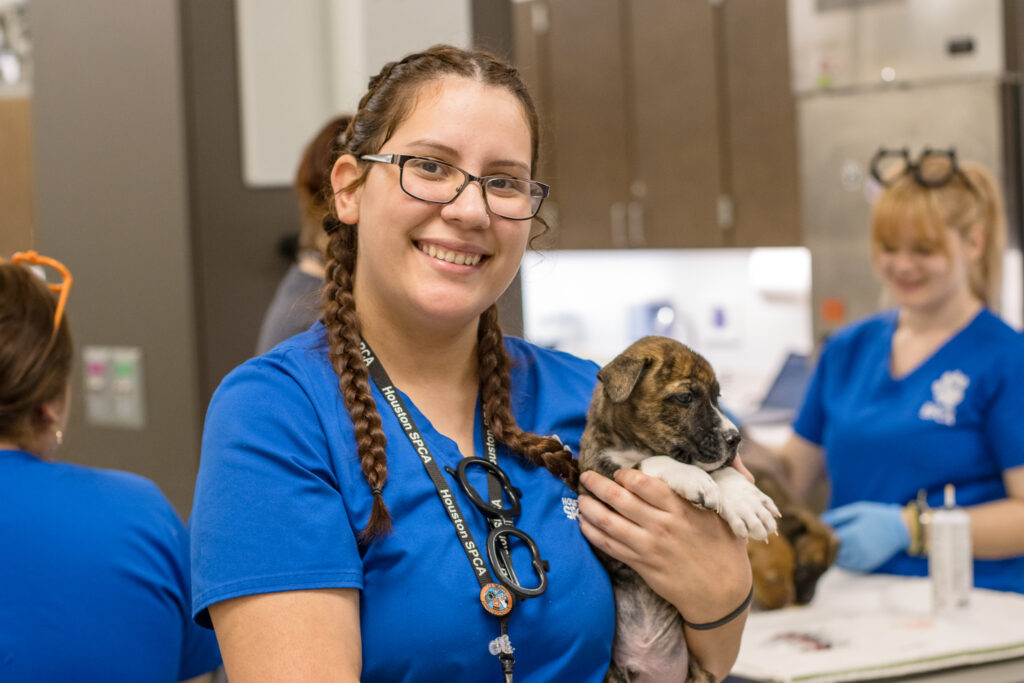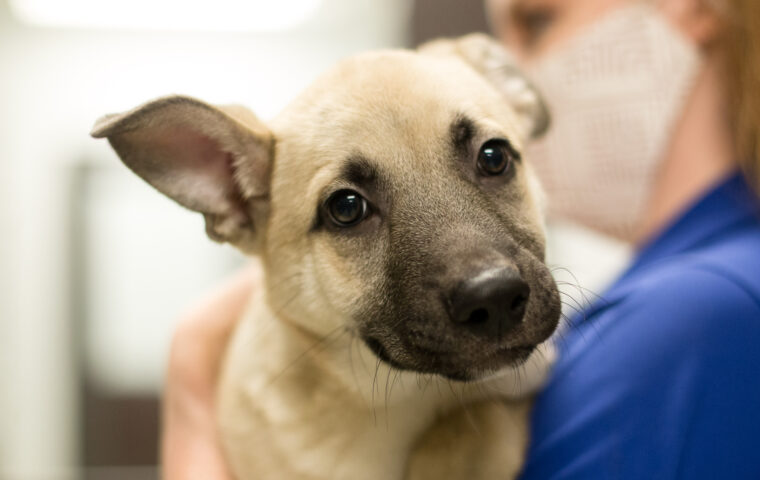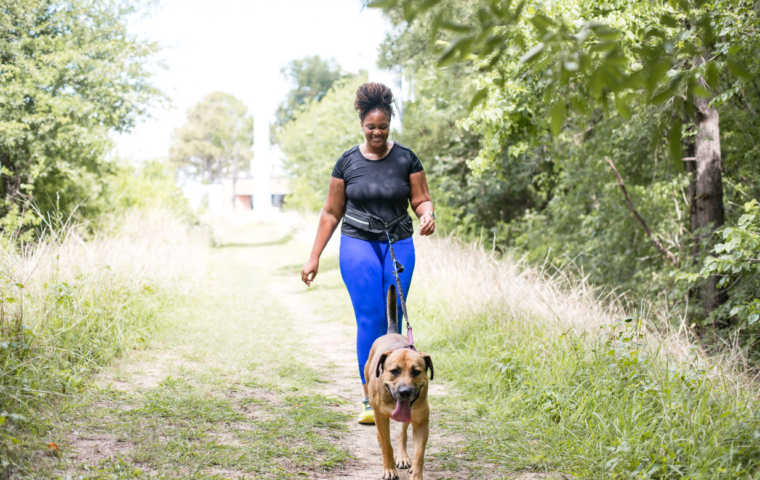(February 23, 2022)
Congratulations! You’ve selected a new pet from Houston SPCA. If it’s not your first, you might be wondering how to make sure your new furry family member gets along with the other animals in your home. Pets, like people, have different personalities that might not mesh well. However, with careful planning and supervision, you can make sure your new pet makes a smooth transition into your home.
Introducing New Dog to Resident Dog
Neutral Introductions
- Find a neutral area. When introducing the two dogs, keep both on a leash in an outdoor area that neither dog claims as their own. Remove any toys or other valuables that could cause a scuffle.
- Observe body language. Allow the dogs to sniff each other with wagging tails and allow them to explore interest in each other. If you observe that either animal wants space, be sure to provide it. Hard stares, growling, freezing in place, tucked tails are all signs that the two animals should be separated.
- Go for a walk. Head on greetings are an awkward way for dogs to meet. After introductions are made, take the two on a walk side by side with enough buffer distance that they aren’t trying to engage with each other. Allow them to smell things of interest. Decrease the distance as you go and if they seem comfortable.
- Off-leash play time. If you’re comfortable with how the two are interacting, take them back to an enclosed, neutral area and allow them to play off-leash together. Watch for positive interactions like play bows. Find a natural stopping point and take them for one more walk together to cool down.
Entering the Home
- One at a time. Don’t allow both dogs to enter the house together right away. Have a friend take your first pet on a walk while you allow the new pet to explore the home.
- Reintroduce. Allow the two animals to meet again inside on a leash in an open, clutter-free area.
- Clean up. Remove any items of value like food bowls, toys, bones, etc.
Tips for Smooth Transition
- Supervise feeding times. Feed the two dogs separately and pick up food bowls when finished.
- Create safe spaces. Allow both dogs their own crate or bed to call their own.
- Monitor play time. Reintroduce toys slowly and watch for signs of resource guarding.
- Separate. Keep the two dogs separate while you’re away from home, even long-term.
- Have patience! Teaching two animals to share their space, family, and resources is a long process. Take it slow and allow them to set the pace.

Introducing New Cat to Resident Cat
Separate at First
- Confine new cat. Set up a small space like a spare room or bathroom for your new cat and everything they need. Allow them to remain here for a few days while they settle in. Spend one-on-one time with each cat.
- Monitor interactions. Your cats may interact underneath the door but be sure this remains positive and playful. Limit this access if this is causing stress to either animal.
- Trade spaces. Without allowing them to interact, swap places so that your old cat can get to know your new cat’s scent and your new cat can explore the home. Do this several times.
Allow Slow Introductions
- Open the door. Allow your cats to see each other, but not physically interact just yet. This can be accomplished with a baby gate.
- Allow distracted introduction. Once a visual introduction proceeds without signs of stress, introduce the two cats during play or feeding time.
- Interact without supervision. Once you’re confident after several successful supervised meetings, you can begin to let your cats build their relationship together.
TIP: If at any point there is evidence of stress or aggression, separate the cats and return to the last step in the process that was proceeding well and start from there.
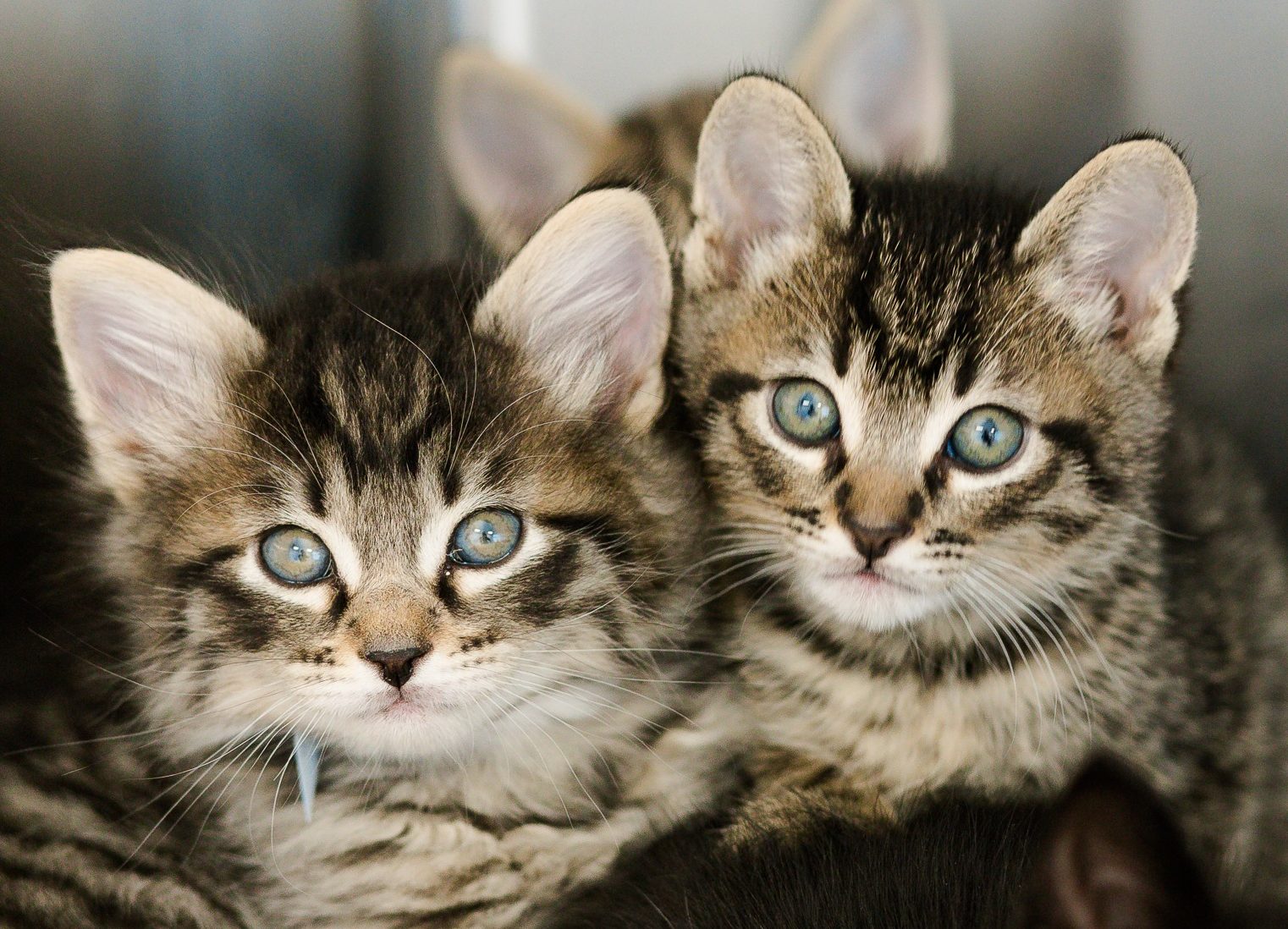
ADOPT: Browse our available pets!
Introducing Cats and Dogs
If your house is about to become home to multiple species, don’t worry! Many of the same principles apply. First, be sure to give both your cat and dog their own space and spend time with each of them before getting started on introductions.
Allow Adjustment Time
- Create secluded spaces. When you first bring your new pet home, allow them each their own space to adjust out of sight of each other.
- Exchange smells. Allow the two pets to feed on each side of the closed door. Give them the opportunity to smell items that belong to the other so they came become familiar with each others’ scent. Allow each of them a turn to explore the house while the other is confined.
- Meet face-to-face. You can allow them to view each other through a baby gate or propped door during play or meal times. After this is successful, you can allow them to meet without a barrier, but keep your dog leashed while they say hello.
- Free roam. Once you see neutral to positive signs, even disinterest, you can allow the two free reign of the home to allow their relationship to form naturally over time.
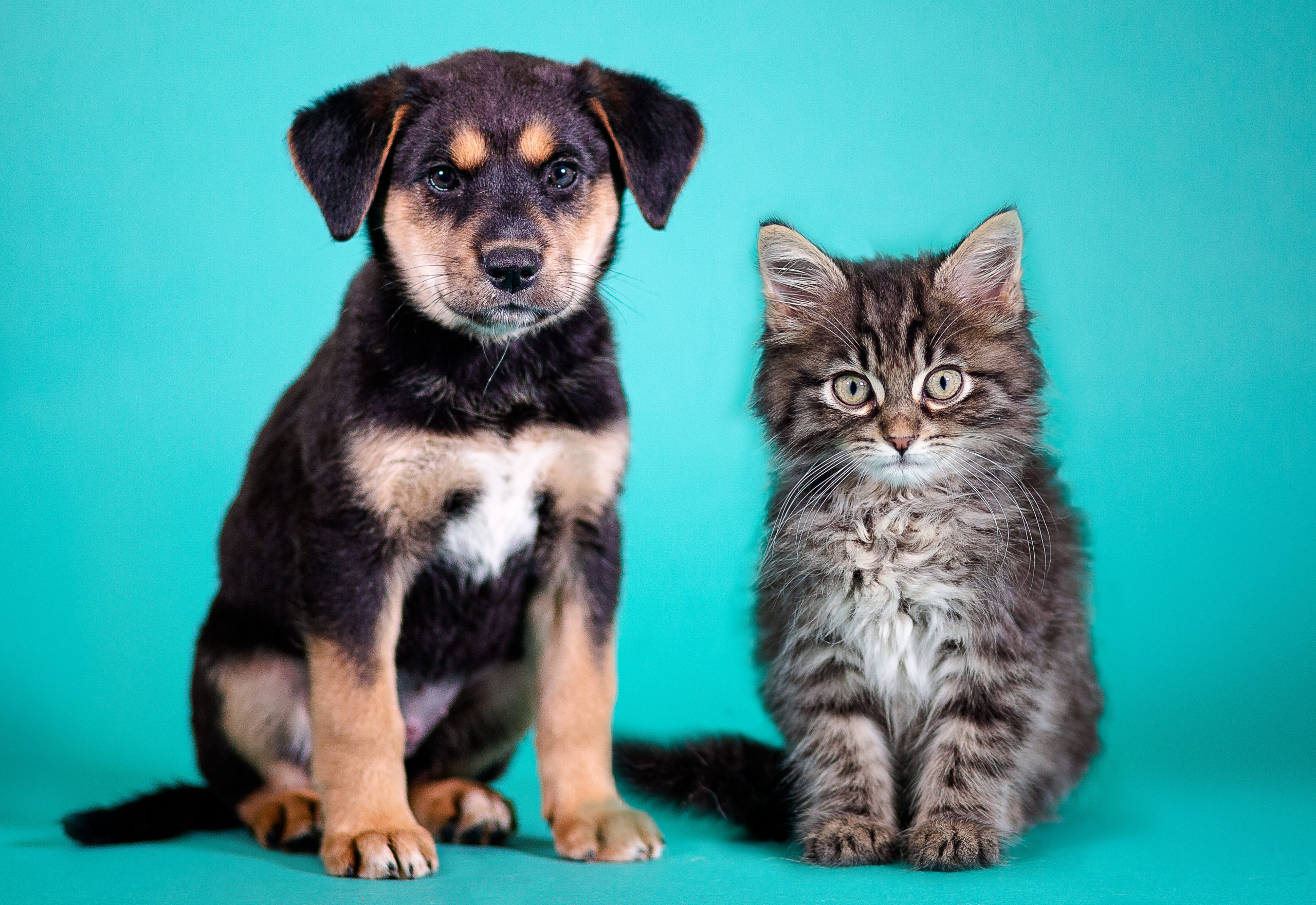
Congratulations! Your pets are well on their way to forming a bond that lasts a lifetime! Remember, if you’ve given them ample time and followed these careful steps and still see signs of stress or aggression, you are always welcome to bring your new pet back to the Houston SPCA. Our adoptions team will happily match you with a new companion.
To report animal cruelty, call 713-869-SPCA (7722) or file a report online.





